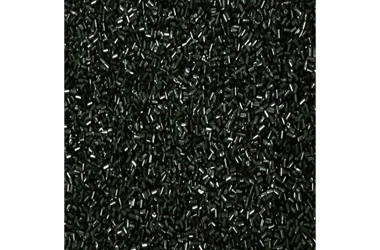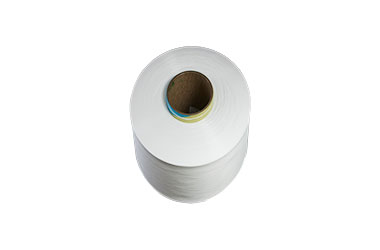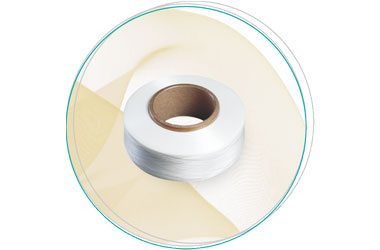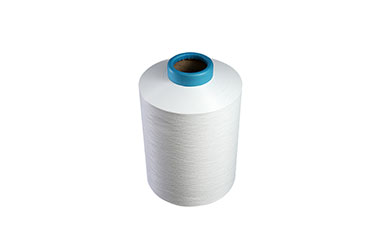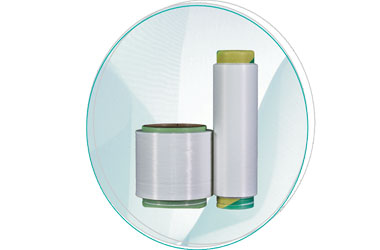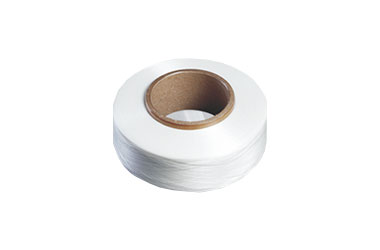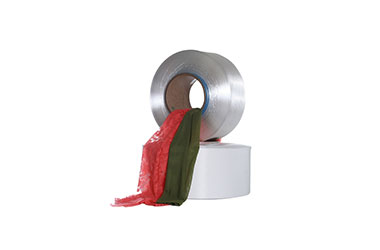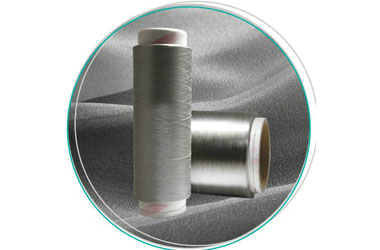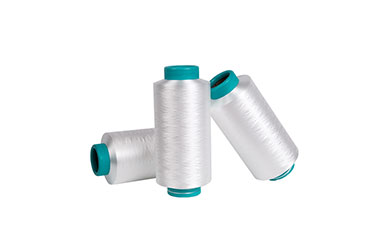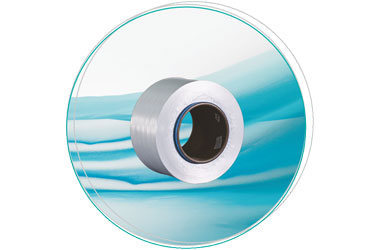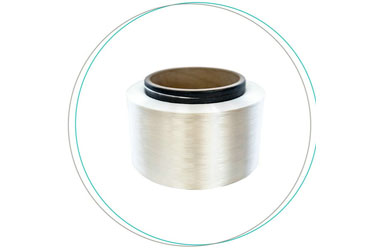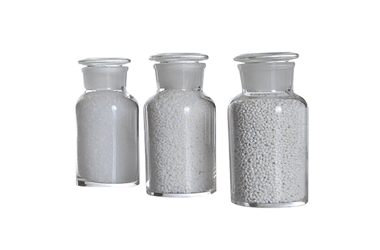Nylon 6
Polyamide (PA, commonly known as nylon) was the first resin developed for fiber by DuPont, which was industrialized in 1939.
Nylon is mainly used in synthetic fiber. Its most prominent advantage is that its wear resistance is higher than all other fibers, 10 times higher than cotton and 20 times higher than wool. When being stretched to 3-6%, the elastic recovery rate can reach 100%. It can bear thousands of twists and turns without breaking. The strength of nylon fiber is 1-2 times higher than cotton, 4-5 times higher than wool, and 3 times higher than viscose fiber.
In civil use, it can be blended or purely spun into a variety of medical and knitwear. Nylon filament is mainly used in knitting and silk industry, such as woven single silk stockings, elastic silk stockings, and other wear-resistant nylon socks, nylon gauze scarves, mosquito nets, nylon lace, nylon stretch coat, all kinds of nylon silk or interwoven silk products. Nylon staple fiber is mostly used to blend with wool or other chemical fiber wool products, to make a variety of wear resistant clothing.
In the industry field, nylon yarn is widely used to make cord, industrial cloth, cable, conveyor belt, tent, fishing net and so on.



